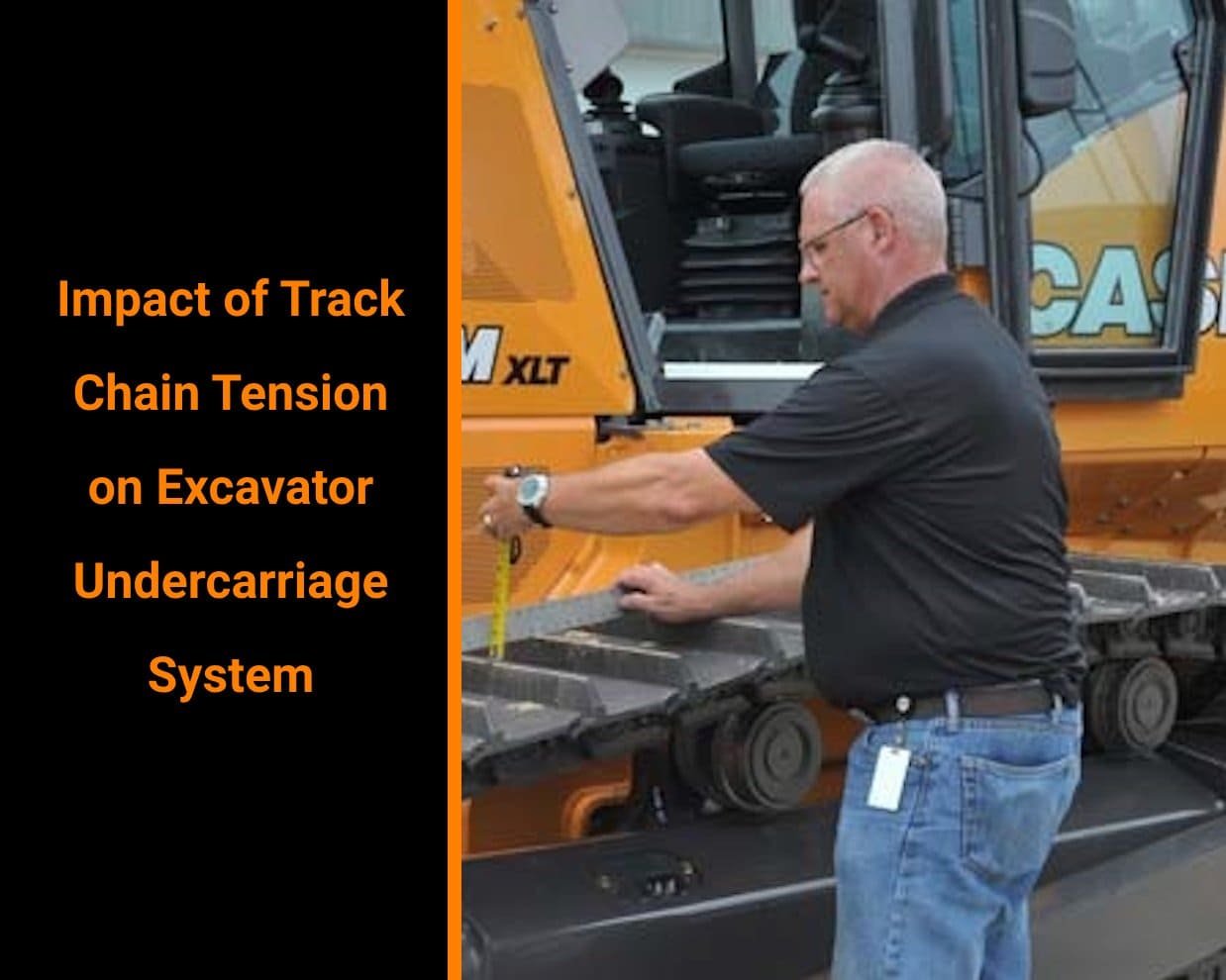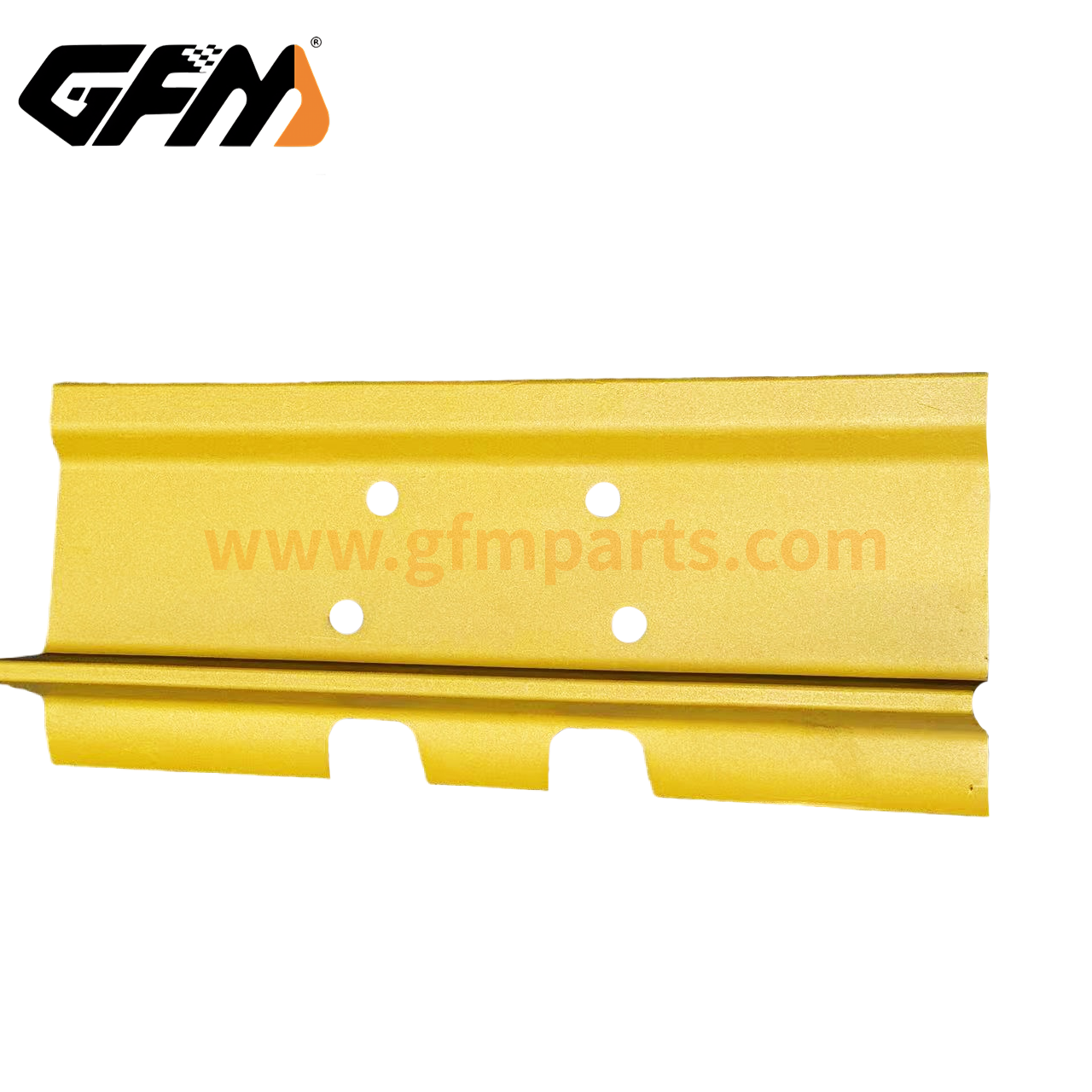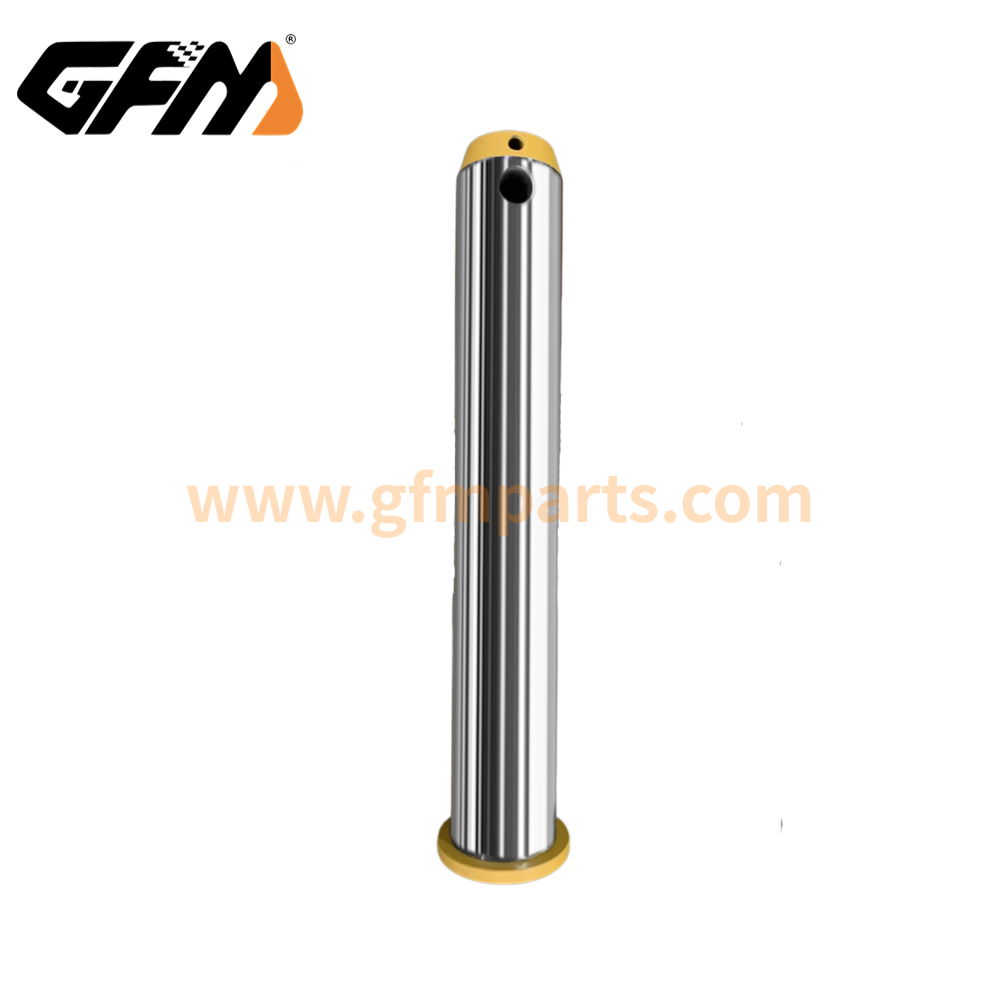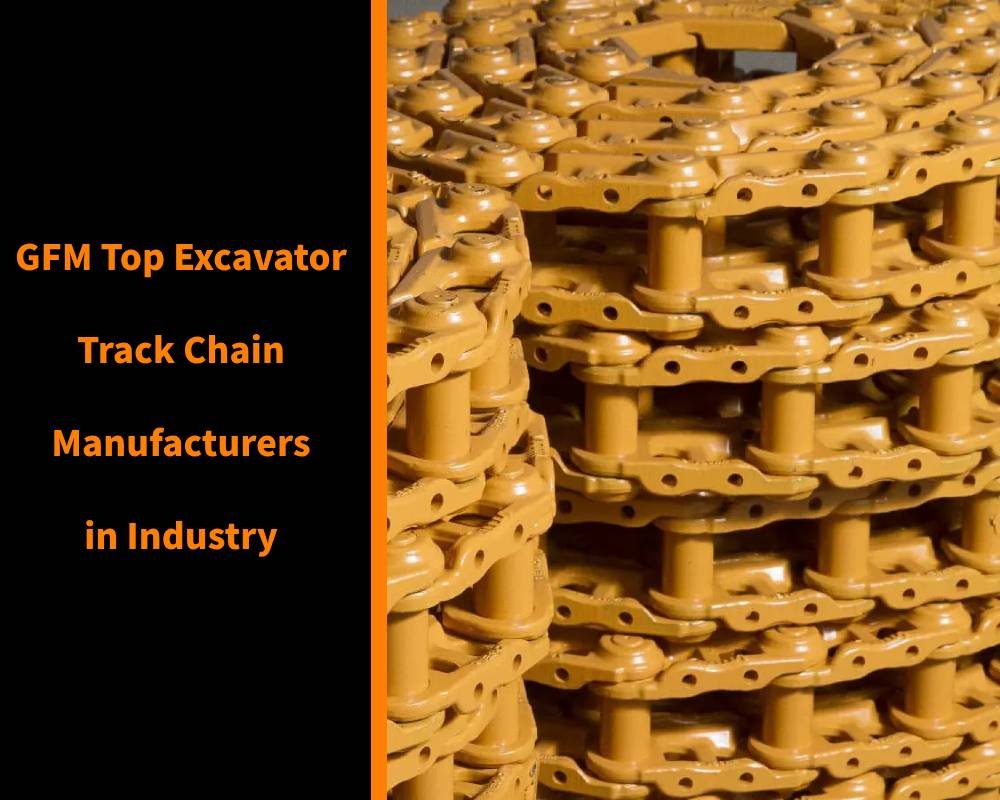Table of contents
- Impact of track chain tension on excavator undercarriage system
- How to easily measure the tension of the track chain of an excavator: practical methods
- Specific hazards of too tight and too loose tension
- Steps explained: Excavator crawler chain tensioning adjustment operation guide
- Daily inspection and maintenance: Tips for maintaining optimal tension
Impact of track chain tension on excavator undercarriage system
On the construction site, the excavator is like our “solid partner”, and the track chain tension is its “health check”. If we ignore this small detail, it is possible that the excavator will “feel pain” faster, or even have a serious malfunction.
- Increased wear: When the tension is too high, the friction between the chain and the roller and guide wheel increases sharply. Over time, more and more parts such as pins, bushings, and roller teeth are worn away, and the life of the chassis plummets.
- Increased energy consumption: Overtight chains are like stretched springs, causing the excavator to “exert too much force” when running. The engine needs to output more power, and fuel consumption rises accordingly, and the wallet of the on-site boss also “suffers”.
- Unstable operation: When the tension is too loose, the chain will “swing”, the machine will shake left and right, and the accuracy of the excavator arm will be greatly reduced, especially in fine construction, which will cause project delays.
By properly controlling the tension, friction can be reduced, fuel consumption can be reduced, operational stability can be improved, and the life of key parts can be extended, achieving multiple goals at one stroke. Let’s start with measurement and learn how to keep this “iron foot” in the best condition.
How to easily measure the tension of the track chain of an excavator: practical methods
It is not difficult to measure the tension. As long as you master a few simple tools and techniques, you can quickly find the “optimal elasticity” of the chain.
Wood block + ruler method
- Stop the excavator on a flat surface, put it in neutral, pull down the tension adjustment nut, and let the crawler slightly hang in the air.
- Place a piece of wood with uniform thickness (usually a 20mm wood block) on top of the middle roller closest to the center.
- Use a ruler to measure the distance from the top of the wood block to the bottom of the chain, which is the “sag”. The ideal range is generally between 25±6 mm.
Electronic sag meter
Purely electronic measuring tools can directly display millimeter readings, eliminating the need for correction errors. Just press to the center of the chain and read the number. Suitable for large-scale testing or professional repair stations.
Teamwork method
If there are many people on site, one person can rotate the chain, one person can measure the reading, and another person can record the data. Effectively improve efficiency and reduce single-person operation errors.
When measuring, pay attention to: weather, ground flatness, and chain temperature will affect the reading. It is best to measure several times to get the average value to ensure reliable results.
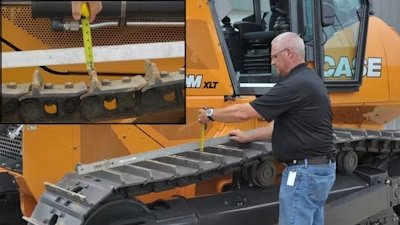
Specific hazards of too tight and too loose tension
Hazards of over-tightening
Shortened life of parts When the tension is too high, the friction between the chain link and the roller increases dramatically. Taking a 20-ton domestic excavator as an example, if the concavity is reduced from 18cm to 10cm, the roller life may be shortened by 40%.
When the seal is damaged and too tight, the bearing and seal are under greater pressure. The soft seal ring is prone to aging and cracking under high temperature and pressure, causing grease leakage.
Driver fatigue will feel that the excavator is “walking hard”, and the arms and shoulders will be more tired after long-term operation.
The hazards of too loose
Risk of derailment When the chain is loose, it is easy to detach from the guide wheel when encountering obstacles or sharp turns, and it takes several hours to stop the machine on site to troubleshoot.
Structural vibration The chain constantly hits the side plate, causing stress concentration on the chassis side plate, and cracks appear over time.
Efficiency reduction When the loose chain is working on soft soil or slopes, the grip is reduced, the excavator “slips” aggravates, and the construction efficiency is reduced.
Through the following case, you can understand more intuitively: After 1,000 hours of continuous work, a Komatsu 225 at a construction site derailed due to excessive tension. The whole machine was shut down for two days, and the direct loss exceeded 20,000 yuan.
Steps explained: Excavator crawler chain tensioning adjustment operation guide
Let’s adjust the crawler chain tension step by step like playing a puzzle.
Safety and preparation
- Parking: Lay the excavator flat, put it in neutral, and turn off the engine.
- Protection: Place the safety baffle and fasten the seat belt, prepare the grease gun, jack, and gloves.
Initial measurement and reference
- Measure the current depression according to the method in Section 2 and record the data.
- Compare the manufacturer’s manual or the recommended range in this article to determine the direction to be adjusted (increase or relax).
Adjust the tension
- Find the grease nozzle of the tensioning cylinder and slowly pump grease with a grease gun.
- After each pump 10-20 times, rotate the chain one circle and re-measure the depression.
- If relaxation is required, loosen the drain plug at the bottom of the tensioning cylinder, slowly drain the grease, and repeat the measurement.
Proofreading and locking
- After adjusting to the appropriate range, run the chain for more than ten circles to check whether the depression is stable.
- After confirming that there is no leakage or abnormal sound, you can tighten all inspection ports and clean up the site.
- It is recommended to control each adjustment within ±3 mm to avoid errors caused by excessive adjustments at one time.
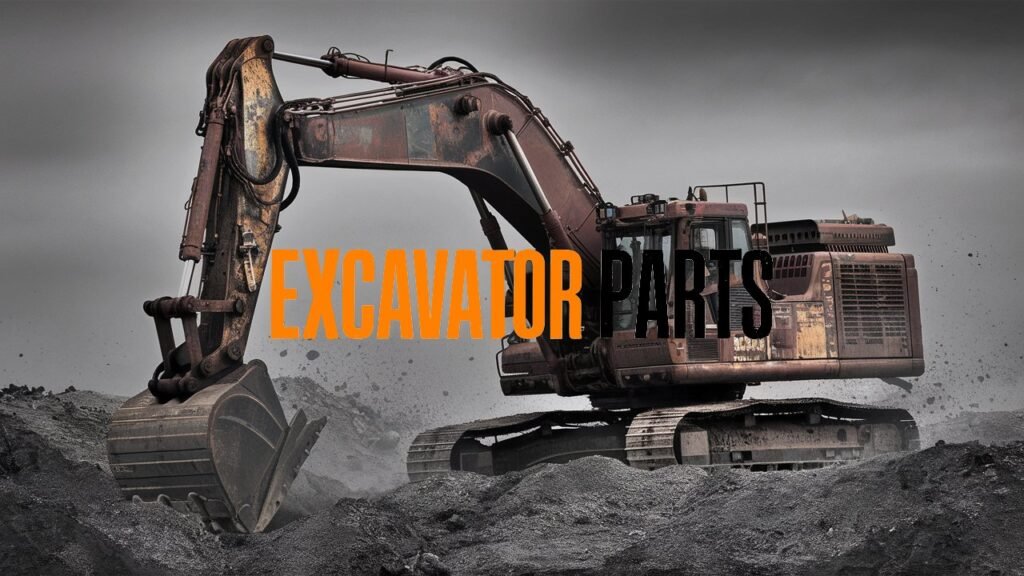
Daily inspection and maintenance: Tips for maintaining optimal tension
Daily maintenance is like giving the excavator a “physical examination” to keep it in good working condition:
Pre-shift inspection
- Cleaning: Use a high-pressure air gun to blow off the sand on the chassis and check the appearance of the chain.
- Touch: After the chain has been running for 20 minutes, wear gloves to touch the roller temperature. If it exceeds 50℃, it needs to be shut down for inspection.
Weekly records
- Set up an inspection log to record the depression, temperature, and operating conditions.
- Analyze trends: When the chain depression continues to deviate from the target value, plan adjustments in advance.
Seasonal maintenance
- Winter: The viscosity of butter increases at low temperatures, and special low-temperature grease must be used.
- Summer: High temperatures are prone to oil leakage, check the condition of the seals, and replace them if necessary.
Through institutionalized records and analysis, sudden downtime accidents can be minimized.
| Hızlı ve ücretsiz bir teklif alın | E-posta: henry@gfmparts.com | Whatsapp: +86 17705953659 |


